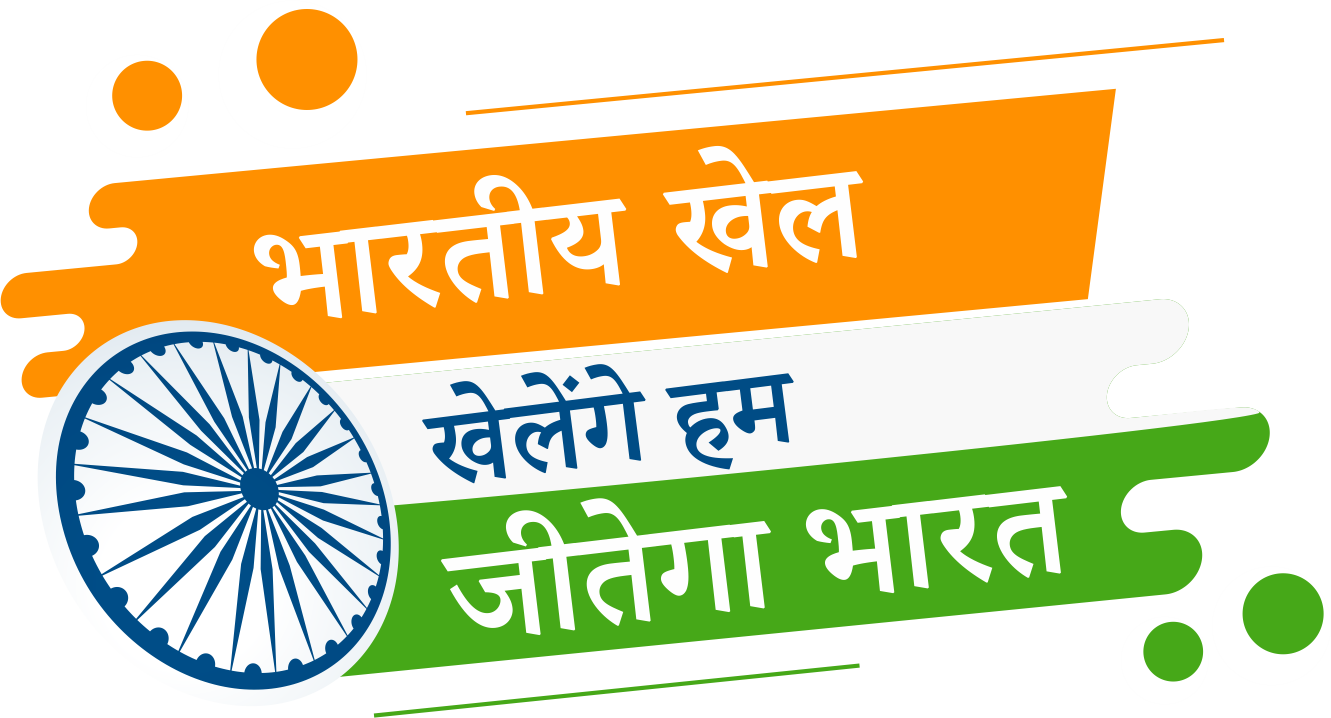Surr
Introduction
Surr is a popular traditional game widely played in northern India, particularly in and around Ayodhya. The game involves a basic activity, though it is based on inflexible strict rules.
It is played on a square court divided into four equal quadrants by two intersecting tracks (lines of defence) that run through the middle of the court. These tracks are held by the defence team members.
The offence team assembles in one of the quadrants, which are called houses or rooms. The runners aim to enter the other three quadrants, but in doing so, they should not be touched by any of the defence players who strive to prevent the runners. If they are touched, they are declared out and must step out of the game.
The other surviving offense team members must try to access every quadrant and finally gather in any one of the quadrants selected by the defenders, before proceeding to the next quadrant they suggest. As soon as all the players gather in the new quadrant, they joyfully shout ‘Bol den goivan surr!’
The offence team has to survive the touch of the defence members and finish the course of moving in all the four quadrants in a given order.

Playing Method
The game is played on a rectangular field, divided into four equal quadrants, by two teams of two to four players each. The attacking team gathers in one quadrant, and the defending team gathers along the quadrant’s borders with the adjoining quadrants.
The objective of the attacking team is to enter the other quadrants without being touched by the players of the defending team. If all the members of the attacking team manage to enter all the quadrants, the attacking team wins, and its members shout “Bol Den Goivan Surr!”. In an Awadhi variation, they sing “Bol Goiyan Banva Surr” (“बोल गोइयां बणवा सुर्र”); if they are touched by the defending team, they lose, and have to stand on the quadrant line as “thieves”, and have to sing another phrase.
- Court:
A square is drawn on the ground and divided into four equal quadrants by two intersecting lines (like a “+” sign).
These four sections are referred to as the houses.
The center point where the lines cross may be the focal area for movement or strategy.
- Players:
Typically, two teams participate, with an equal number of players.
One team might act as Defenders and the other as Attackers.
Objective
The game likely involves players moving between or defending the four houses while avoiding being tagged or completing a specific task.
The specific goal may vary depending on local rules.
Rules
- Player Positions:
Defenders: Spread out and guard the lines and houses. They must stay within their designated areas (lines or quadrants).
Attackers: Move freely and try to achieve their goal (e.g., crossing the court, tagging, or capturing an item).
- Gameplay:
Attackers may try to:
Enter and exit all four houses.
Cross the central point or reach a designated “safe zone.”
Tag the Attackers to stop their progress.
Block access to certain houses.
- Movement:
Defenders may be restricted to the lines or specific quadrants.
Attackers can move freely but must avoid being tagged.
- Winning:
Attackers score points by successfully completing their task (e.g., visiting all four houses).
Defenders win if they tag all Attackers or prevent them from completing their goal.
Strategies
Attackers:
Plan routes carefully to avoid Defenders.
Distract Defenders by splitting up or faking moves.
Defenders:
Coordinate to cover multiple houses or trap Attackers.
Guard the central point if it’s key to the game.
Address
Bharatiya Khel
Indian Knowledge Systems (IKS) Division
Ministry of Education (MoE),
Government of India,
Our office is located in
All India Council for Technical Education (AICTE)
Nelson Mandela Marg,
Vasant Kunj,
New Delhi-110070

